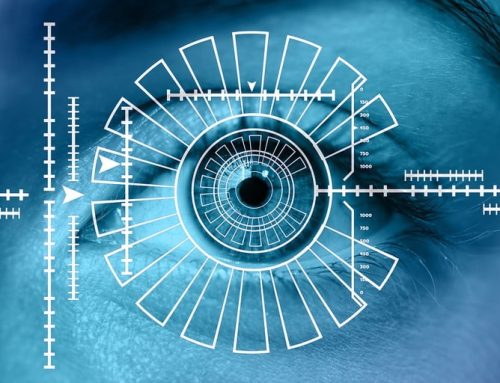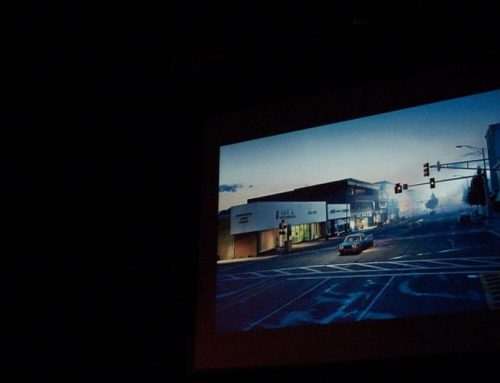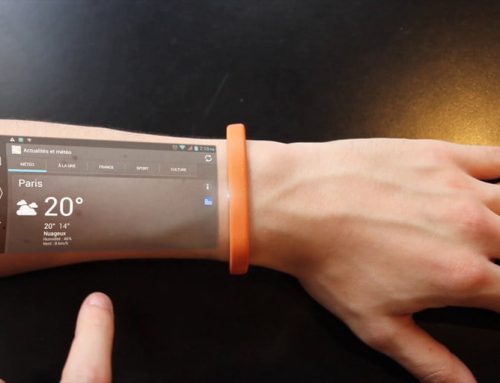
We have seen many devices, some of them portable whereas others are not. While considering travel gadgets, they are becoming rapidly portable, versatile, and personal also. Our smartphones, smartwatches, air-buds are portable into our private worlds of music, photo collections, and email accounts. As we know, while using these portable devices we usually forget about the surrounding world. While considering privacy, these gadgets might not be enough. The people around you can still hear half of your telephonic conversation and can look over your video callings or emails by standing behind you. Is it good or bad for your privacy? Of course, it is bad. As of now, some developers have come out with video glasses that allow you to watch videos anywhere you go like in the crowd or traveling from one place to another. This is being done by video glasses. This gadget offers a hand-free user experience like a big-screen TV.
What is This?
Mostly you are familiar with the word “video glasses” because they are not a new idea in today’s techno era, which they have been known as a type of Head Mounted Display (HMD). HMD is a small display unit integrated into eyeglasses or mounted on a hat or helmet. The video glasses are a display device that is wearable and portable.

Head mounted display
Modern video glasses usually take the form of relatively lightweight, portable glasses. Some of its variants look like an average pair of sunglasses whereas others a much sophisticated as futuristic models. Whatever the design it has, all perform the same basic function.
Inside Engineering:
Now, it’s time to tear down the inside engineering of this gadget. This gadget is a kind of MP4 player that can wearable as sunglasses. The displays of this gadget are made of Liquid Crystal Displays (LCDs) or Organic Light Emitting Diodes (OLEDs). A magnifying lens is present just ahead of the viewer’s eyes for magnifying these tiny displays so viewers feel as if they are sitting in front of a wide display screen. Video glasses are commonly come equipped with audio equipment like air-buds or vibration sensors. Some manufacturers provide inbuilt chargeable batteries whereas others provide separate power adapters for this gadget. We can connect this gadget to media players either wirelessly or wired connectivity.
Many video glasses provide two different image sets for our two eyes. When aligned properly, video glasses allow our brains to make a composite image of the two displays (each on every glass). By using this mechanism video glasses form a 3D-image view and this process is known as stereopsis. Ordinary video glasses represent 2D-images whereas advanced video glasses that strive for 3D-images are binocular. Binocular glasses represent two slightly different images to each eye. 2D-images of video glasses are biocular. Head Mounted Display (HMD) projects biocular or 2d-images. The third types of projection of video glasses are the hybrid type. Hybrids, which use a combination of binocular and biocular methods, split the video images into two parts. By using these image parts, our brain creates a single composite image. Most of the manufacturers provide the hybrid type of video glasses.
Applications:
Video glasses can connect to a variety of audio and video appliances either via wired or wireless connectivity. If your vision is not perfect means you are using power glasses then you do not need to be upset, you can still use video glasses. Few of the manufacturers provide power lenses with video glasses. It is a evolutionary gadget that provides view like Holography.
Thanks for reading. See you soon with another exploration!





